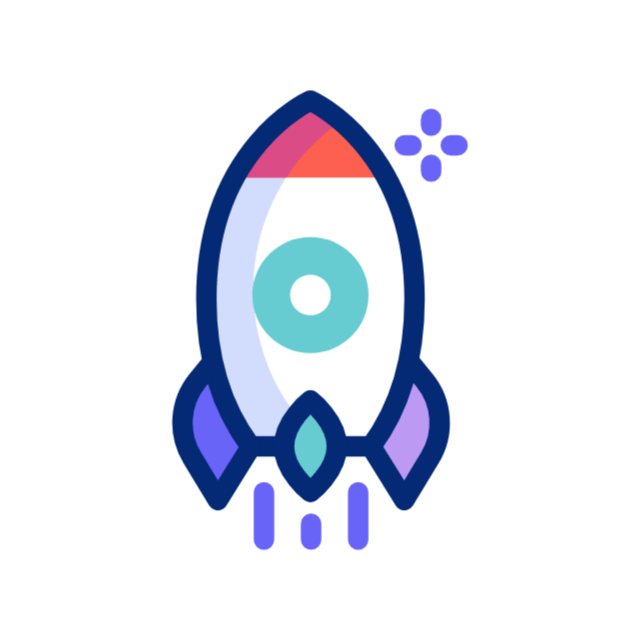In today’s fast-paced digital world, marketing isn’t just about creativity—it’s about data. While good design and engaging content attract attention, measurable results are what drive real business growth. To optimize your marketing efforts, it’s essential to monitor the right metrics consistently.
Whether you’re running campaigns on social media, email, or search engines, understanding which metrics matter can be the difference between success and wasted effort. In this guide, we’ll break down the top marketing metrics you should be tracking to ensure maximum ROI and informed decision-making.
1. Website Traffic
Website traffic is the foundation of all digital marketing. It shows how many users are visiting your site and where they are coming from.
Key Metrics:
- Sessions & Users: Total number of visits (sessions) and individual visitors (users).
- Traffic Sources: Breakdown by organic search, paid ads, social media, referrals, direct, and email.
- Top Landing Pages: Identify which pages attract the most traffic.
- New vs. Returning Visitors: Measure audience loyalty and engagement.
Why It Matters:
Higher traffic generally means more opportunities to convert visitors into leads or customers. However, quality is just as important as quantity.
2. Conversion Rate
Your conversion rate is one of the most critical KPIs. It shows the percentage of users who complete a desired action—filling a form, making a purchase, or signing up for a newsletter.
Formula:
Conversion Rate = (Conversions / Total Visitors) × 100
Why It Matters:
You could have 10,000 visitors a month, but if only 5 convert, your traffic isn’t adding value. Tracking this helps identify bottlenecks in your funnel.
3. Customer Acquisition Cost (CAC)
CAC tells you how much it costs to acquire one customer through your marketing efforts.
Formula:
CAC = Total Marketing Spend / Number of Customers Acquired
Why It Matters:
If your CAC is higher than your profit per customer, you’re losing money. This metric helps you manage your ad budget and choose the most cost-effective channels.
4. Return on Investment (ROI)
ROI is the holy grail of marketing metrics. It measures the profitability of your marketing activities.
Formula:
ROI = (Revenue from Campaign – Cost of Campaign) / Cost of Campaign × 100
Why It Matters:
ROI helps you evaluate which campaigns or channels are delivering value and which ones need improvement or removal.
5. Engagement Metrics
Engagement metrics tell you how your audience is interacting with your content.
Examples:
- Likes, Shares, Comments (Social Media)
- Bounce Rate (Website)
- Average Session Duration
- Pages Per Session
Why It Matters:
High engagement usually signals that your content is relevant and valuable. Low engagement means it’s time to rethink your content strategy.
6. Click-Through Rate (CTR)
CTR measures the effectiveness of your calls-to-action (CTA) in ads, emails, or landing pages.
Formula:
CTR = (Clicks / Impressions) × 100
Why It Matters:
A high CTR indicates that your offer or message resonates with your audience. It also affects Google Ads Quality Score, which influences your cost-per-click (CPC).
7. Email Marketing Metrics
Email is still one of the most effective digital channels. But its success depends on constant measurement.
Key Email Metrics:
- Open Rate
- Click-Through Rate
- Bounce Rate
- Unsubscribe Rate
- Conversion Rate
Why It Matters:
These metrics help you track audience interest and optimize your subject lines, content, and CTA.
8. Cost Per Click (CPC) & Cost Per Mille (CPM)
These are key metrics for paid advertising.
- CPC (Cost per Click): The price you pay each time someone clicks your ad.
- CPM (Cost per Mille): The price per 1,000 impressions.
Why It Matters:
They help you analyze how efficiently your budget is being used. Lower CPC or CPM means better ad performance.
9. Customer Lifetime Value (CLV or LTV)
CLV estimates the total revenue a business can reasonably expect from a single customer account.
Formula:
CLV = (Average Order Value × Purchase Frequency) × Average Customer Lifespan
Why It Matters:
When CLV is higher than CAC, you have a sustainable business model. Tracking this helps you build long-term customer relationships.
10. Social Media Metrics
Social platforms are not just for branding—they drive real business results if used correctly.
Key Social Metrics:
- Reach and Impressions
- Engagement Rate
- Follower Growth
- Video Views
- Share of Voice (SOV)
Why It Matters:
These metrics reveal how your brand is perceived online and help you tailor your content to increase reach and interaction.
11. SEO Metrics
If organic traffic is your focus, tracking SEO performance is non-negotiable.
Key SEO Metrics:
- Organic Traffic
- Keyword Rankings
- Backlinks
- Domain Authority (DA)
- Click-Through Rate from SERPs
Why It Matters:
SEO metrics help you stay competitive and understand how search engine algorithms view your content and site structure.
12. Lead Generation Metrics
If lead generation is your goal, focus on:
- Number of Leads
- Cost per Lead (CPL)
- Lead Quality
- Lead-to-Customer Conversion Rate
Why It Matters:
Quality leads are more likely to convert into paying customers. These metrics help you focus on channels that deliver high-value leads.
13. Churn Rate
Especially for subscription businesses, churn rate measures how many customers stop using your service over a period.
Formula:
Churn Rate = (Customers Lost / Total Customers at Start) × 100
Why It Matters:
High churn means you’re losing more customers than you’re gaining. Monitoring this helps in retention strategy planning.
14. Net Promoter Score (NPS)
This customer satisfaction metric shows how likely your customers are to recommend your brand.
Why It Matters:
A high NPS means strong customer loyalty, which usually leads to better referral marketing and organic growth.
15. Funnel Drop-Off Rate
This shows where potential customers are leaving in your sales or conversion funnel.
Why It Matters:
It identifies weaknesses in the funnel—maybe the landing page is confusing, or the checkout process is too long.
Conclusion
Tracking marketing metrics is no longer optional—it’s a necessity. With accurate data, you can optimize campaigns, lower costs, increase ROI, and better serve your audience. Whether you’re managing campaigns for clients or growing your own business like we do at WebMarkitors, these key marketing metrics are essential tools for data-driven decision making.
Pro Tip:
Use tools like Google Analytics, Facebook Insights, SEMrush, HubSpot, and Hotjar to automate metric tracking and generate detailed reports.
Want Help Tracking These Metrics?
At WebMarkitors we specialize in ROI-driven marketing strategies. Our team helps businesses not only run powerful campaigns but also understand the numbers behind them. Reach out to us today for a free marketing audit!

